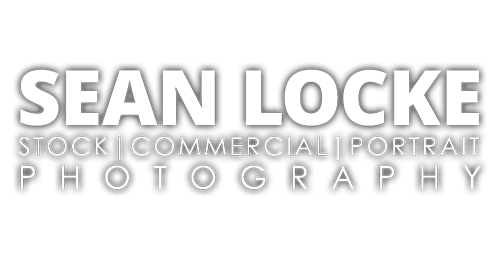Hey, it’s Tuesday, and that means … Well … I guess it doesn’t mean anything, really. But lets grab another question from my “Ask A Stock Photographer” series. Pavel asks “How do you manage to cater for so many agencies, producing content in such quantities? Do you delegate some of the work like post-processing?“
To start, you can see the list of agencies/distributors that I contribute to on my “Stock Media” page. I’m a big believer in making myself easy to find. Often, I’ll hear about a photographer or read something in an article, but when I try to find their work I have the hardest time, because they don’t do a good job of listing their portfolios on their webpage or Facebook page. So, if your business relies on people finding you, make it big and make it bold.
Looking at the “microstock” sites, it isn’t too difficult to contribute to this small number of agencies. It’s just manual “labor” to get the work online. At this point, I’ve got my existing catalog of content that I’m sending in small uploads to the different places. After my release from iStock, I did have to spend quite a while keywording my content, since, originally, it was all done on site. (Big mistake!) Some sites offer to take a hard drive of content and put it all online, but dumping a huge amount of files into a catalog will just result in most of it getting lost, due to how the searches work. So I set aside some time every week to send some more of my content here or there.
Each site is pretty easy to upload to, but it’s the finishing steps that can be annoying. For example, Shutterstock makes it pretty easy to add model releases via their web interface, but I have to redo the “titles” of the images, because, for some reason, they take the “description” field from the image and use that as their “title”. Pond5 allows you to batch edit some properties across your submission, but it uses a very clunky pull-down interface, popping up other browser windows to do the work in. Fotolia is pretty quick – I can easily pick model releases across the entire set, and then go down the page removing individual ones from this or that image. Dreamstime is the slowest, making you do one image at a time, and the releases are in a tiny scrollbox. Actually, I hardly have anything at 123RF, because of how terrible their process is.
Over the years since I went “independent”, when I’ve felt the time is right, I’ve added a new (to me) agency. It gains me some new customer base who may not shop at other sites. However, there are risks and gotchas inherent to each location that have to be weighed and considered when it comes to things like royalties, hold on your files, etc. Keeping those things in mind has got me where I am currently.
The “macrostock” sites can be a little more “individual”. Stocksy United is very easy and works pretty much like the micro sites. They ingest the information in the meta data, it populates the correct fields, and adding releases is straight forward. WestEnd61 requires some additional steps because they have a “low-res approval/high-res upload” process. Also, there are some other things that need to be kept in mind when uploading that are unique to them. This all may be a consequence of the way they re-distribute content to a large number of other agencies.
Again, however, all of this work is done manually, and it’s all done (for me) by me. I don’t mind it terribly. Different types of work break up the day. So, I process images for a few hours, go do some video keywording in Adobe Bridge, upload some Christmas images to Fotolia, etc., etc. I also work on planning new content that caters to the “style” of each type of agency. So I may plan a new background series for the micros. Or a new lifestyle shoot for Stocksy. All these props, locations and models don’t set themselves up. 🙂 Just another day in the life of a stock photographer. Hope that answered the question.








